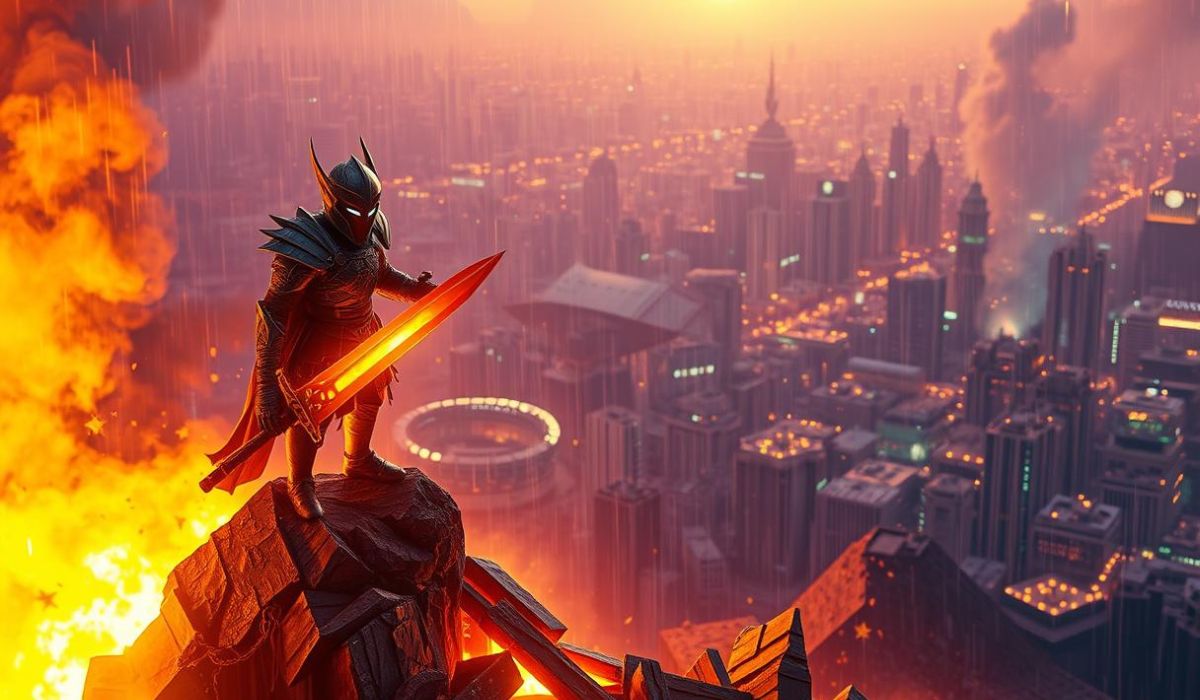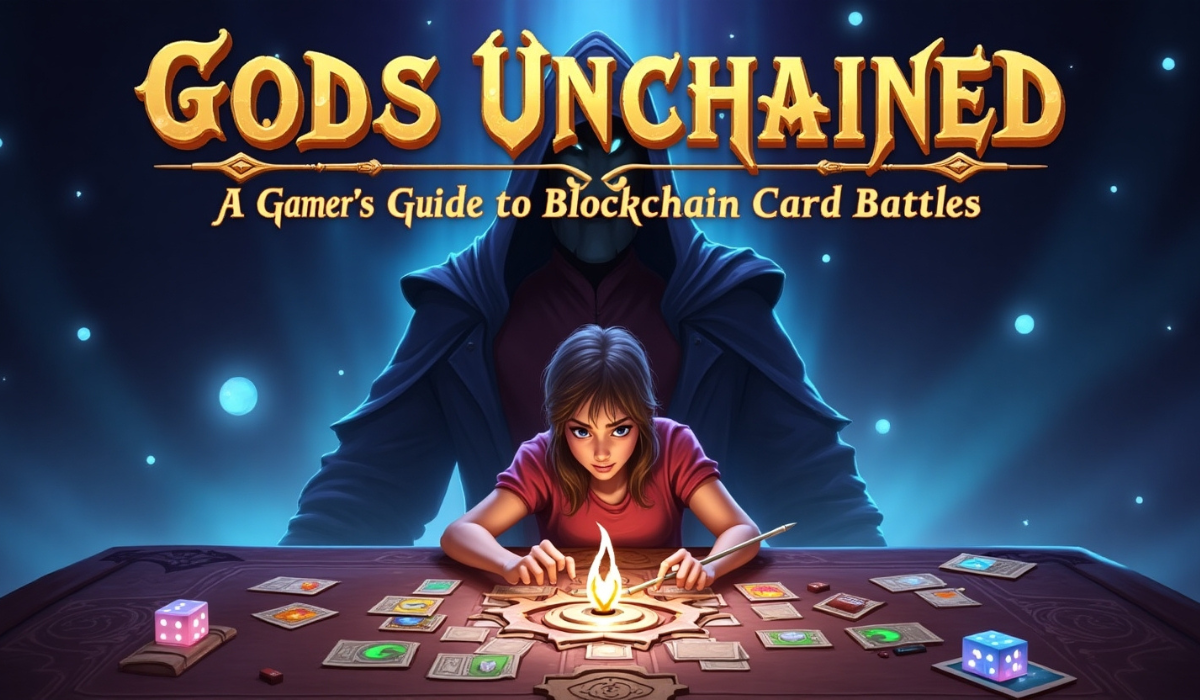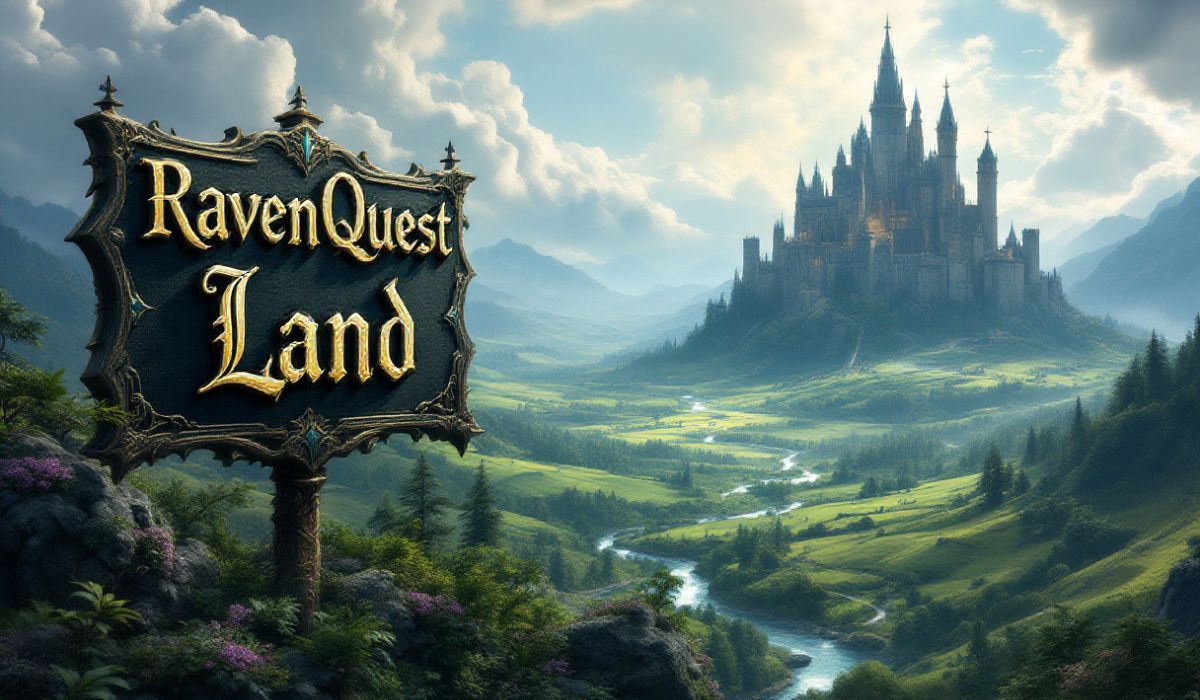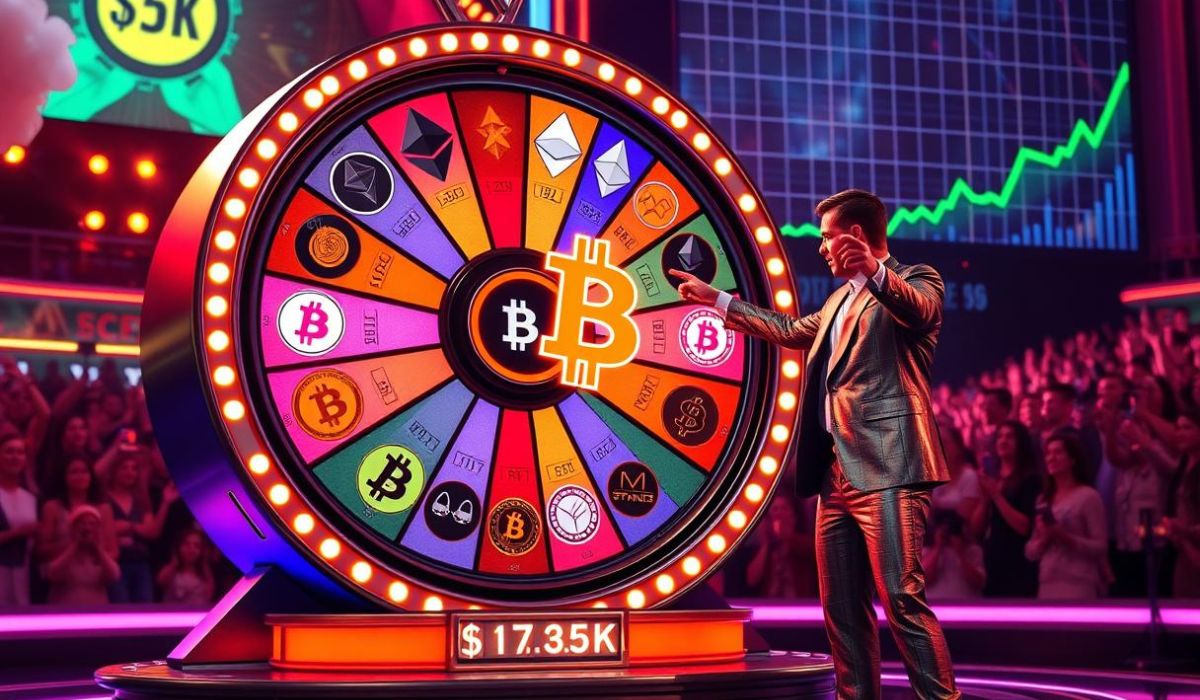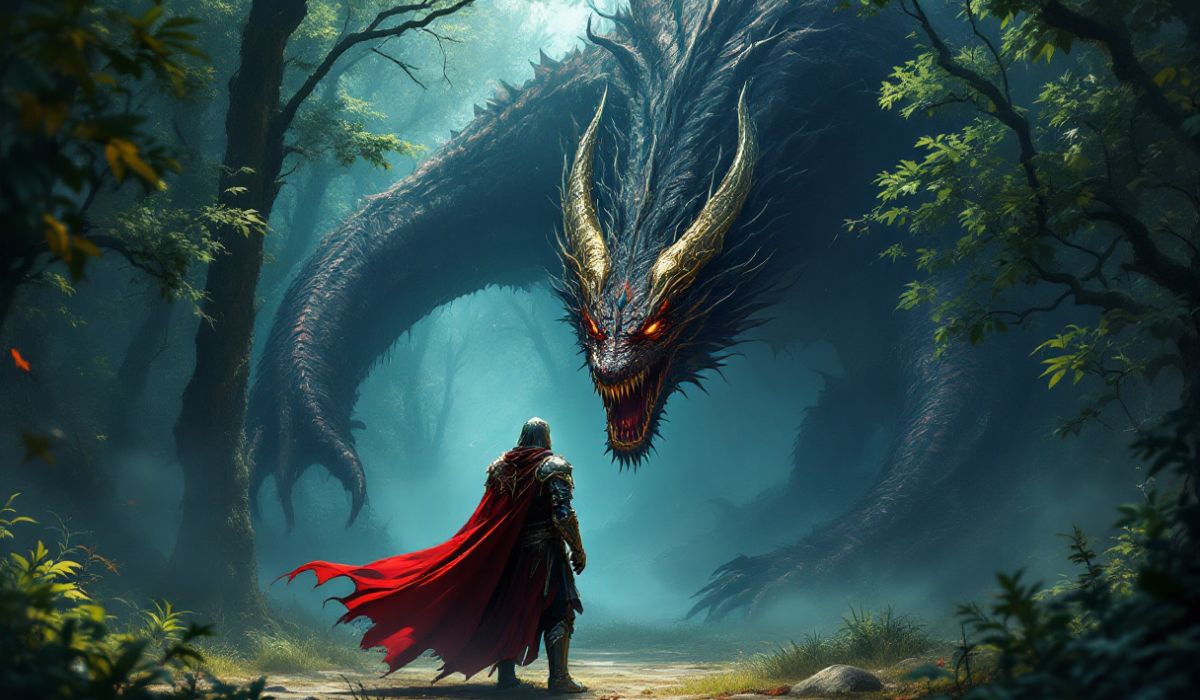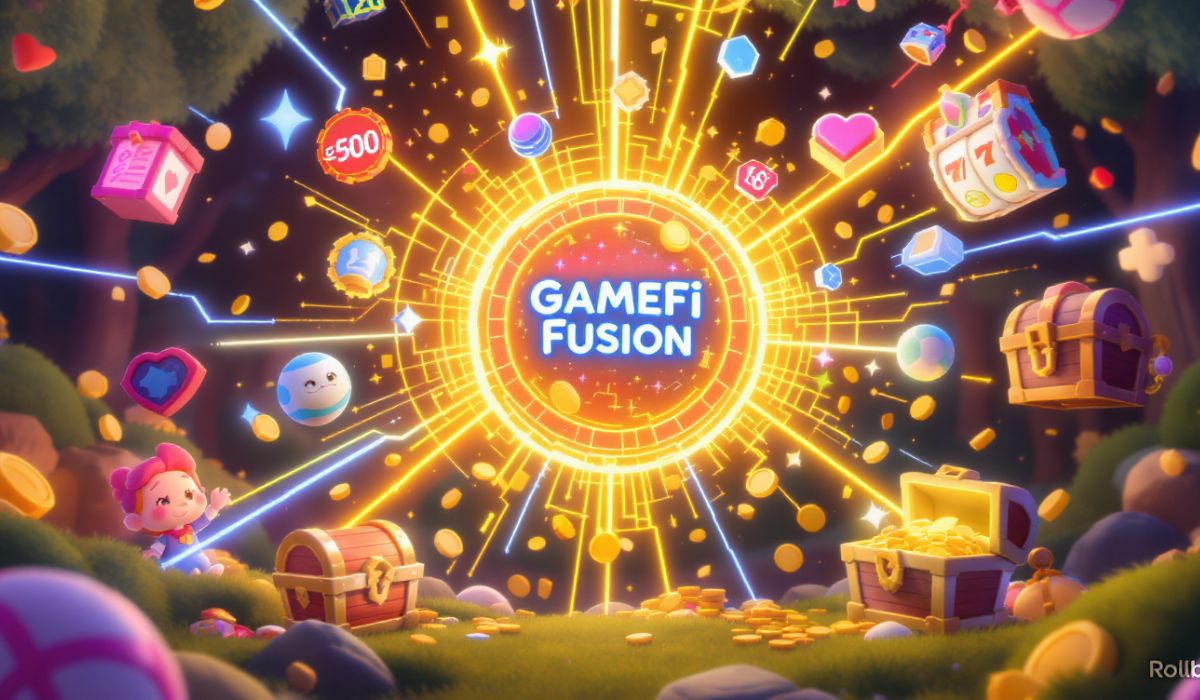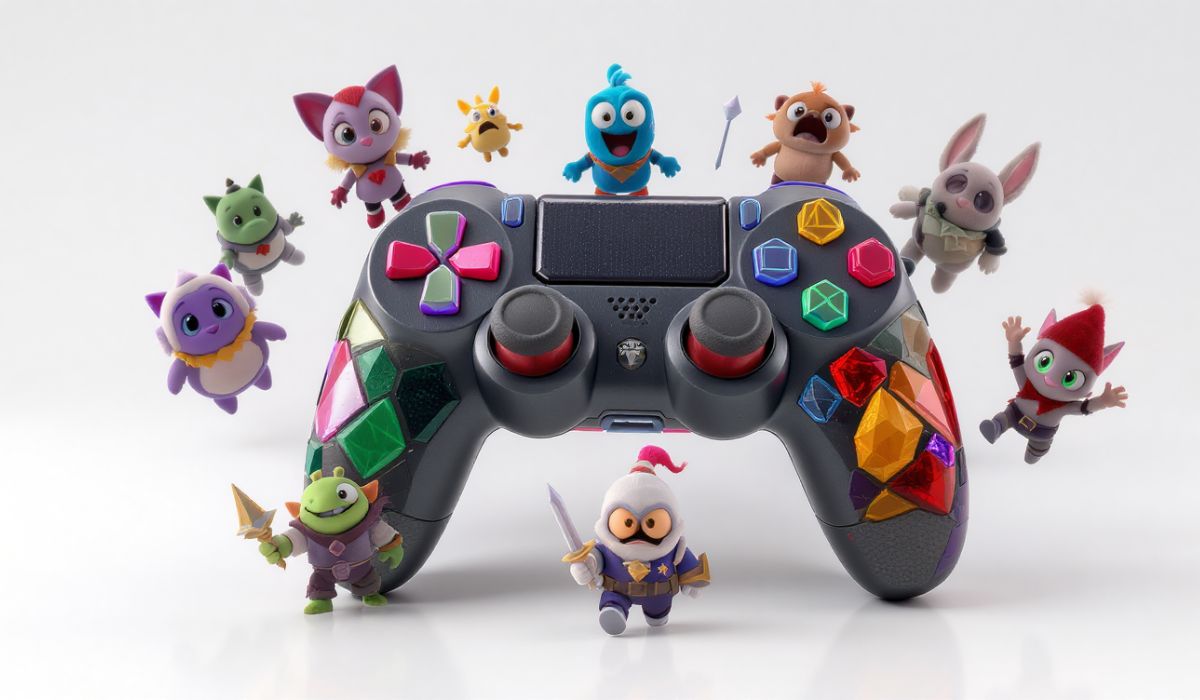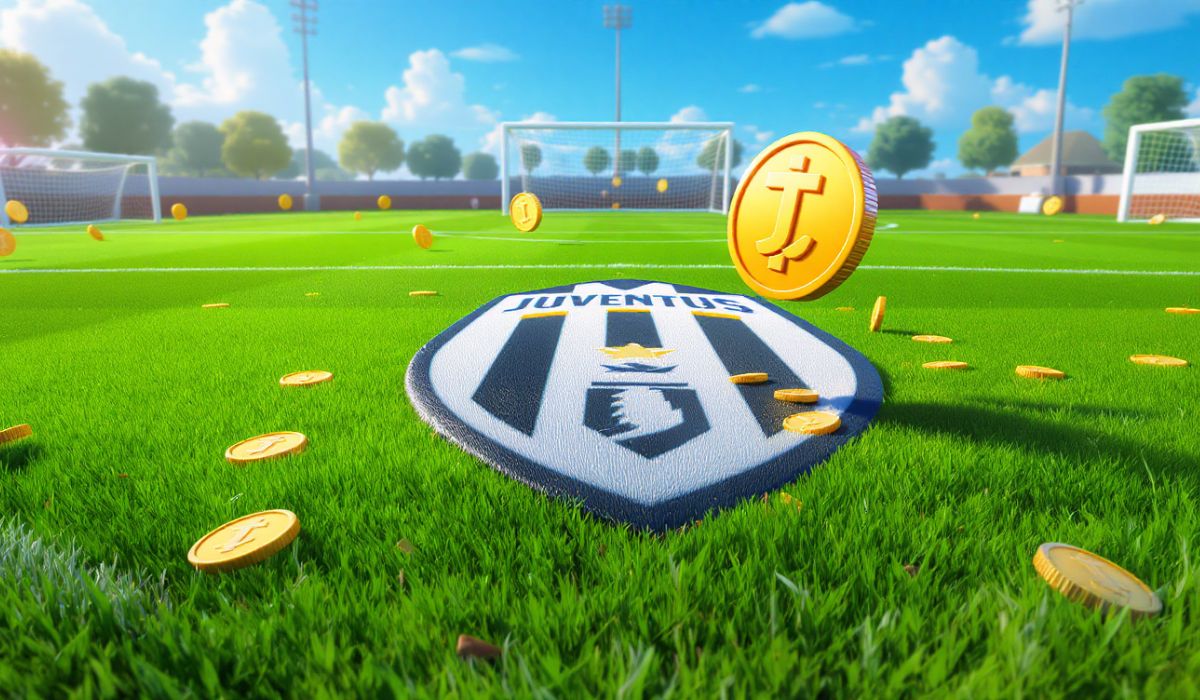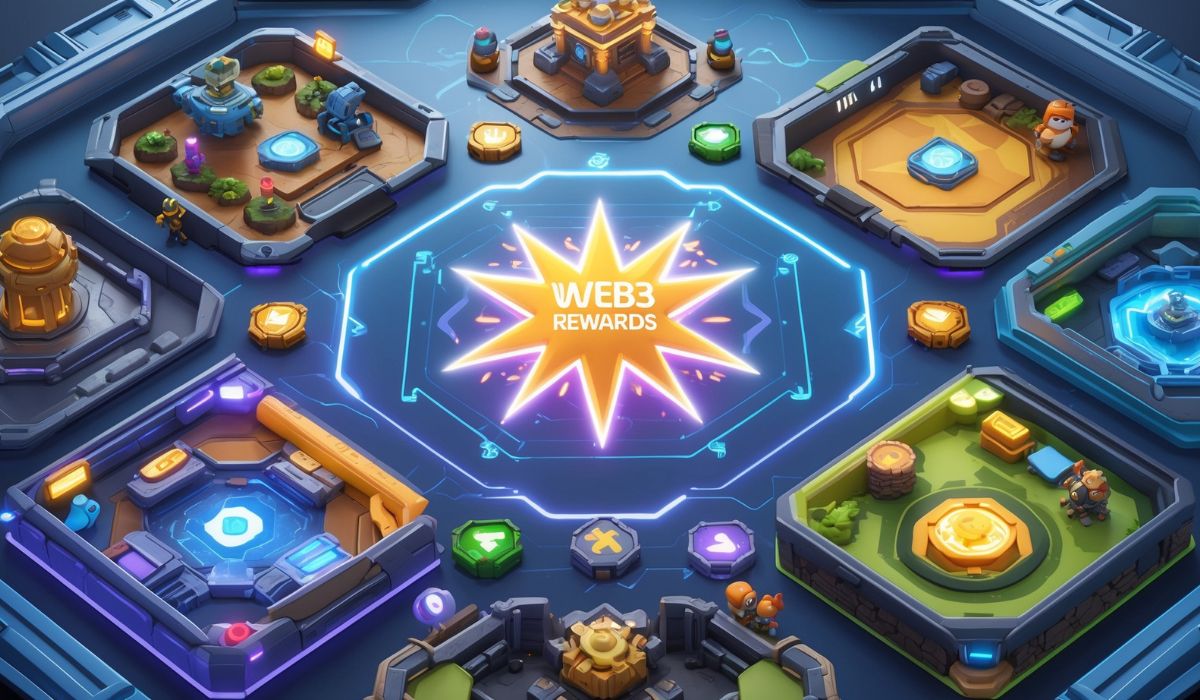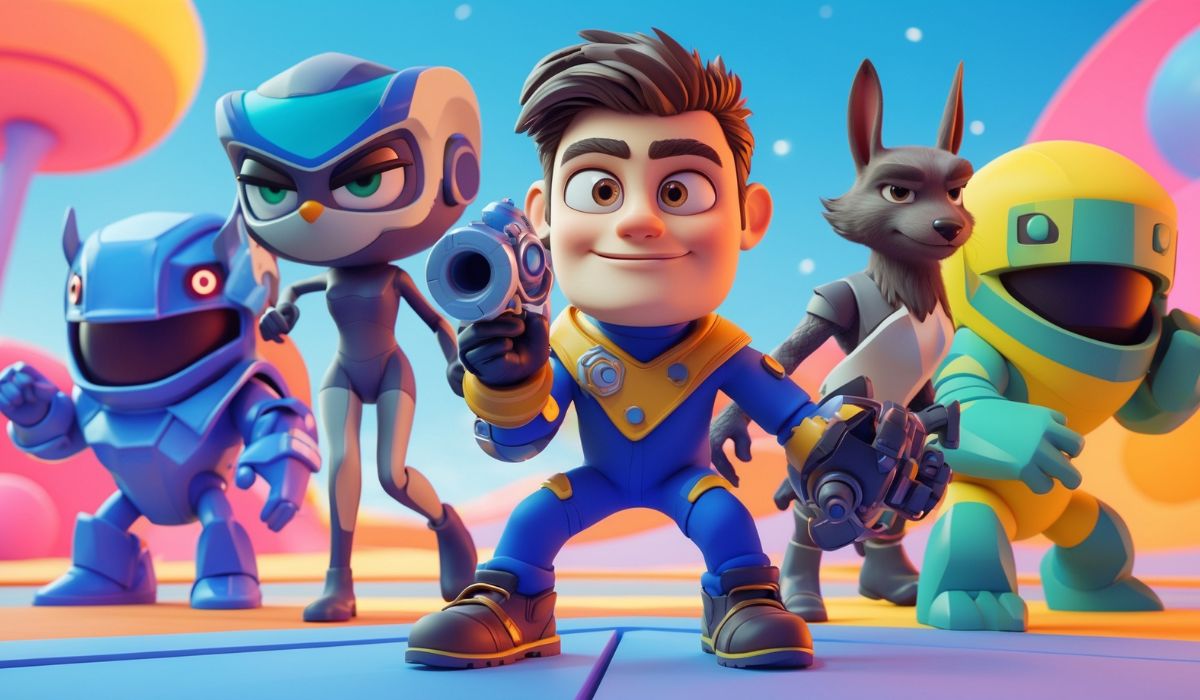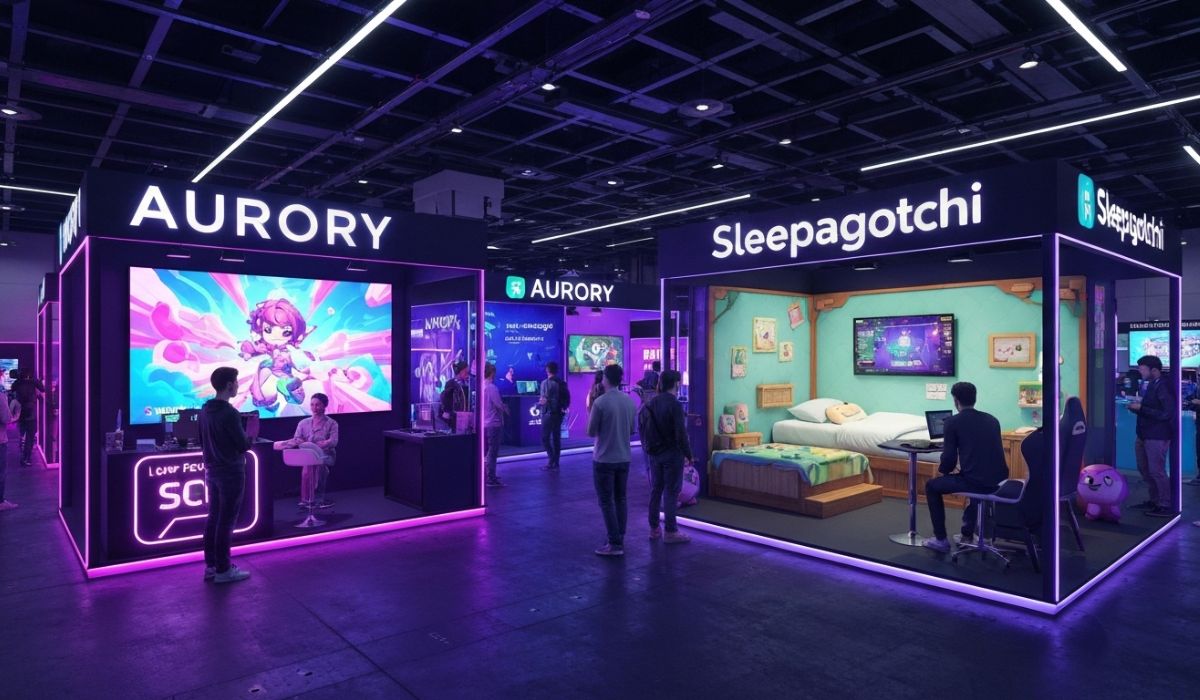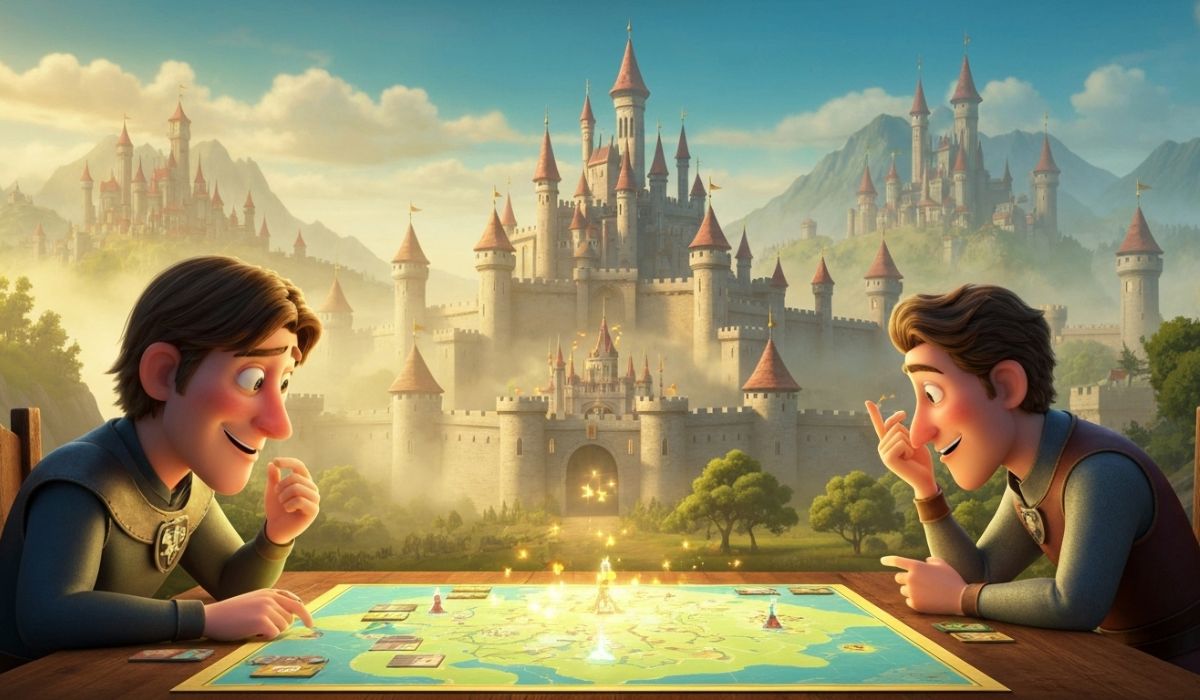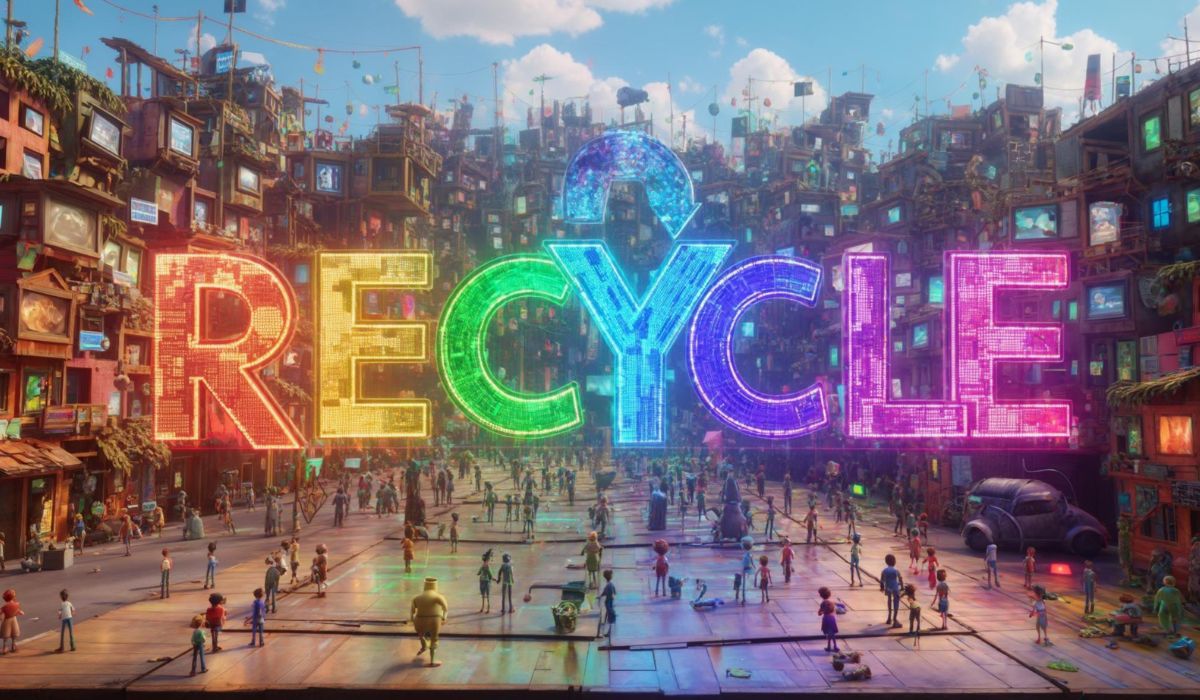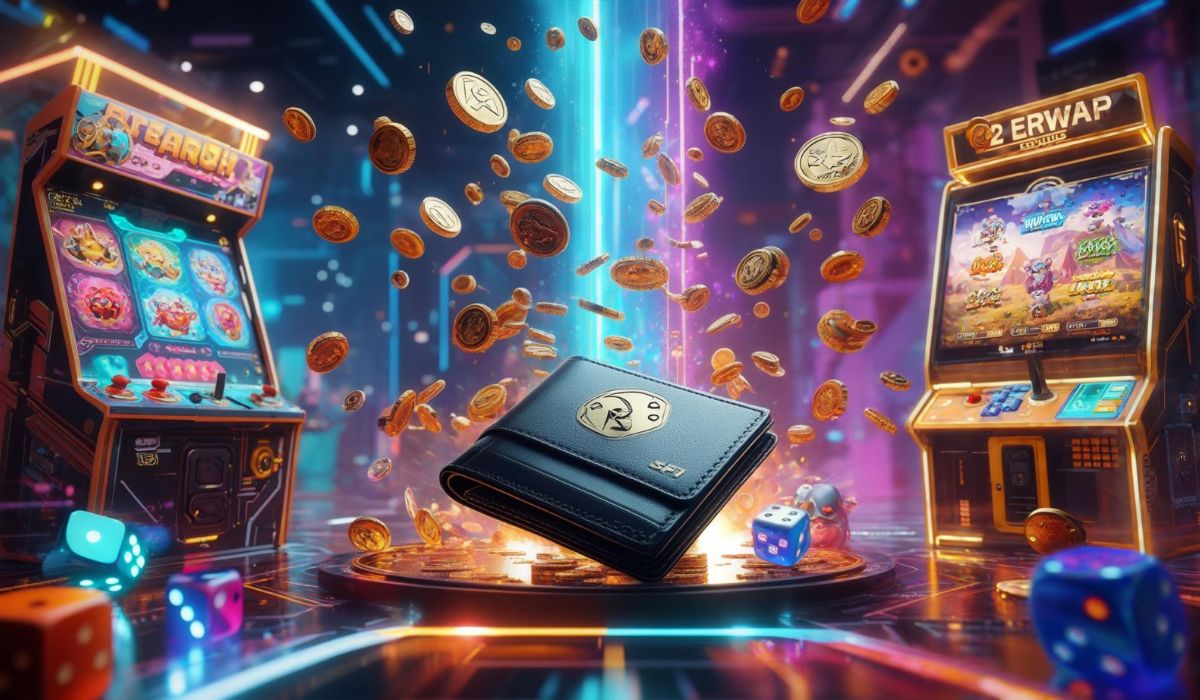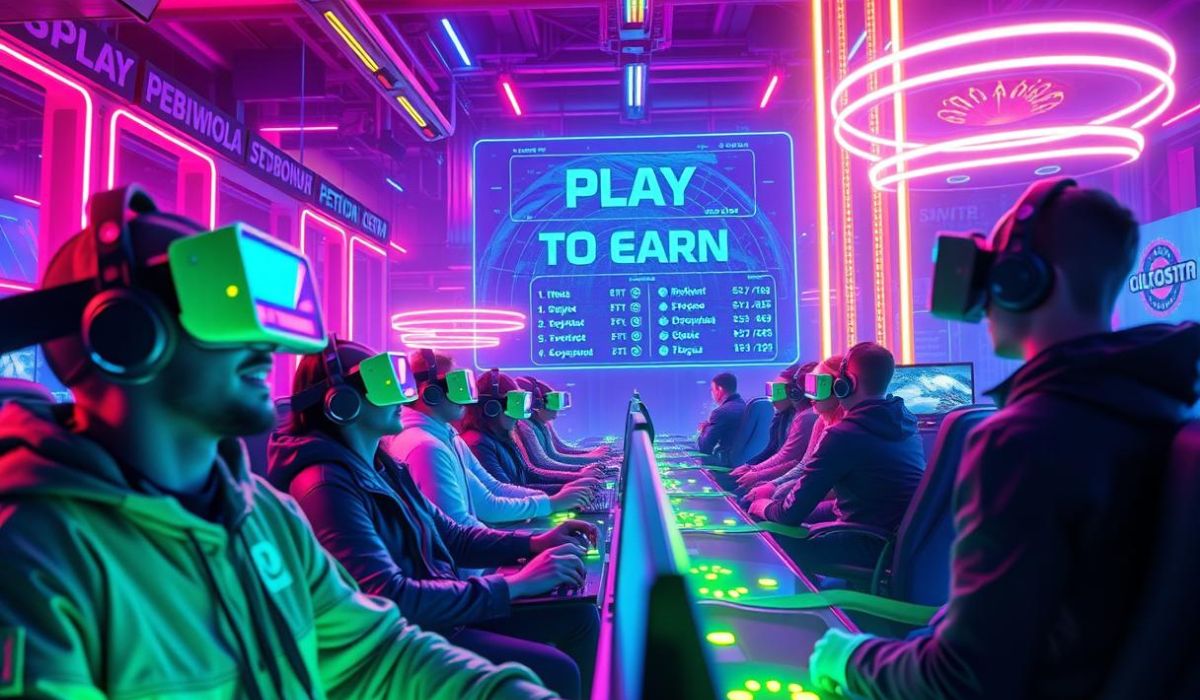
Key Points
-
Shift to “Play-and-Own”: Web3 gaming are moving beyond pure Play-to-Earn, focusing on engaging gameplay and sustainable economies.
-
AAA-Quality Titles: Games like Illuvium and Star Atlas are setting new standards with stunning graphics and deep mechanics.
-
Metaverse Integration: Interoperability allows assets to move seamlessly across games, creating a unified digital universe.
-
DAOs Empower Players: Decentralized governance gives players a voice in game development and decision-making.
-
NFTs Evolve: From collectibles to dynamic, gameplay-integrated assets, NFTs are becoming more sophisticated.
-
User-Friendly Design: Improved onboarding and interfaces are making Web3 gaming accessible to all.
Welcome to the future of gaming, where blockchain technology isn’t just a buzzword but a game-changer—literally. In 2025, Web3 gaming has evolved from a niche concept into a thriving ecosystem that’s redefining how we play, own, and earn. Gone are the days of clunky, reward-focused games; today, Web3 gaming is all about immersive experiences, player empowerment, and sustainable economies. Whether you’re a casual gamer or a hardcore enthusiast, the Web3 revolution is here to stay, and it’s bringing the Play-to-Earn (P2E) model into a new era. Let’s dive into what makes this gaming revolution so exciting and why it’s the future of play.
From Play-to-Earn to Play-and-Own: A Shift in Focus
When Web3 gaming first burst onto the scene, it was all about Play-to-Earn games where players could earn real-world rewards by playing. While this model was groundbreaking, it often came with drawbacks like repetitive gameplay and unsustainable economies. Fast forward to 2025, and the industry has matured. Developers are now embracing “play-and-own” or “play-to-contribute” models, where the focus is on creating engaging, high-quality games that also reward players with true digital ownership. Take Axie Infinity, for instance. This pioneer of P2E gaming has evolved significantly. Initially, players collected and battled Axies to earn cryptocurrency, but the game faced criticism for its high entry barriers and reliance on token rewards. Today, Axie Infinity has shifted towards deeper gameplay mechanics and community-driven governance through DAOs (Decentralized Autonomous Organizations). Players aren’t just earning—they’re building and governing the game’s ecosystem, making it a true “play-and-own” experience. This shift highlights a broader trend: Web3 games are now prioritizing fun and sustainability over quick rewards.
The Rise of AAA Web3 Titles: Quality Meets Innovation
One of the most exciting developments in 2025 is the emergence of AAA-quality Web3 games. These aren’t just blockchain experiments; they’re polished, immersive experiences that rival traditional gaming giants. Developers are leveraging cutting-edge technology like Unreal Engine 5 to create stunning graphics, rich narratives, and complex gameplay mechanics. Illuvium and Star Atlas are prime examples. Illuvium combines AAA-quality graphics with a play-to-earn structure, allowing players to capture and battle NFT creatures in a vast open world. Its Overworld Private Beta, launched in late 2024, has already garnered massive interest for its cinematic visuals and deep gameplay. Meanwhile, Star Atlas is a space-themed MMO that blends exploration, combat, and decentralized finance (DeFi). Set in the year 2620, it offers players the chance to build spacecraft, trade resources, and govern their own factions through DAOs. These games aren’t just about earning—they’re about experiencing something truly epic.
Metaverse Integration and Interoperability: Your Assets, Your World
Web3 gaming isn’t just about individual games; it’s about creating interconnected worlds where your digital assets can travel with you. This is where the metaverse comes in. Games like Decentraland and The Sandbox are leading the charge, offering virtual worlds where players can buy land, build structures, and create experiences—all as NFTs. What’s revolutionary here is interoperability. Imagine owning a rare NFT sword in one game and being able to use it in another. Or transferring your virtual land from Decentraland to a different metaverse platform. This seamless transfer of assets across games and platforms is becoming a reality, thanks to cross-chain technologies. It’s not just about owning digital items; it’s about owning a piece of the digital universe.
Empowering Communities with DAOs: Players as Co-Creators
One of the most transformative aspects of Web3 gaming is the rise of Decentralized Autonomous Organizations (DAOs). These player-driven communities allow gamers to have a say in the development and governance of their favorite games. It’s like having a seat at the table, where your voice matters as much as the developers’. For example, in Star Atlas, players can join DAOs to govern factions, make decisions about in-game economies, and even influence the game’s storyline. This level of empowerment fosters a sense of ownership and loyalty that traditional games can’t match. It’s not just about playing a game—it’s about being part of a living, breathing ecosystem.
Sophisticated NFT Use Cases: Beyond Collectibles
NFTs have come a long way since their early days as simple collectibles. In 2025, they’re integral to gameplay, offering dynamic experiences that evolve with player actions. Take Gods Unchained , a trading card game where each card is an NFT. Players can own, trade, and even upgrade their cards, adding a layer of strategy and investment to the game. But it doesn’t stop there. Fractional ownership is another trend, allowing players to own a piece of a rare NFT without breaking the bank. And dynamic NFTs—assets that change based on in-game actions—are becoming more common. Imagine a character that levels up and becomes more valuable as you play. These sophisticated use cases are making NFTs more than just digital trinkets; they’re becoming central to the gaming experience.
Enhanced User Experience: Making Web3 Accessible
Let’s face it—early Web3 games weren’t exactly user-friendly. Clunky wallets, confusing transactions, and high gas fees were enough to scare off casual gamers. But in 2025, that’s changing. Developers are focusing on streamlining the onboarding process, making it as easy as downloading a mobile game. Platforms like The Sandbox have simplified wallet integration, allowing players to dive into the game without getting bogged down by technical jargon. Meanwhile, games like Axie Infinity are introducing more intuitive interfaces and tutorials to help new players get started. This focus on user experience is crucial for bringing Web3 gaming to the masses.
Wrapping It Up!
The Web3 gaming revolution is here, and it’s more than just a trend—it’s the future of play. From the shift towards “play-and-own” models to the rise of AAA titles and interoperable metaverses, 2025 is shaping up to be a pivotal year. Games like Axie Infinity, Illuvium, Star Atlas, Decentraland, and The Sandbox are leading the charge, offering players not just entertainment but true ownership and empowerment. As we look ahead, one thing is clear: Web3 gaming isn’t just about earning—it’s about creating, owning, and shaping the games we love. Whether you’re a gamer, a developer, or just curious about the future, this is a revolution you don’t want to miss.
Read More : Most Popular Crypto Games with the Best Play-to-Earn Rewards!




